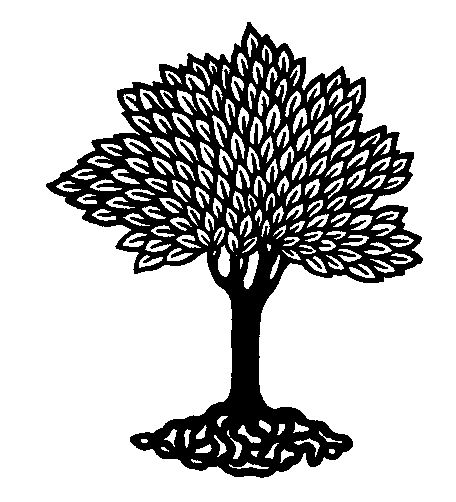
 |
Plant Taxonomy (BIOL308) - Stephen G. Saupe, Ph.D.; Biology Department, College of St. Benedict/St. John's University, Collegeville, MN 56321; ssaupe@csbsju.edu; http://www.employees.csbsju.edu/ssaupe/ |
Descriptions, Literature, Manuals & Monographs
I. Taxonomy is a descriptive science
This statement is probably not too surprising to
you at this point in the course. We've seen plenty of examples in our text and keys.
II. Descriptions
A botanical description should provide an accurate verbal image of
the features of a plant. Obviously, descriptive terminology (phytography) is an important
component of any description.
A. The purpose of a description is to provide a:
B. Considerations when preparing a description. The description should:
III. The literature of
taxonomy is voluminous
There are several reasons for this
including: (a) Taxonomy has a very long history (remember, it's the first science!); (b)
Taxonomy has a complete scientific and non-technical literature; (c) Taxonomy is a
descriptive science; and (d) there are lots of taxonomists (especially in the "good
old days"). A working familiarity with the types of literature can prove useful.
Check out the "References". Some specific types of references that can be useful
include:
A. Taxonomic Index. This is an index to a plant name and source of original publication of name. These are especially good if you want to learn if a name has already been used and at what rank.
B. Bibliographies, Catalogues, Review Serials. Since the taxonomic literature is extremely vast, a taxonomist needs to be able to quickly access needed materials. These sources help to locate taxonomic references.
C. Dictionaries and glossaries - alphabetic listing of terms or subject matter with explanation of meaning. Dictionaries more extensive in scope. Good examples are Willis, Mabberly
D. Floras and Manuals - works devoted to plants of a particular region or particular types of plants (like orchids, buttercups, ferns). Plants are systematically arranged, include: scientific name, author citation, references to original source of publication, and may or may not include descriptions and keys. Manuals considered broader in scope (i.e., more information) than floras.
E. Monographs and Revisions. Comprehensive study of a group of plants, usually a genus or family. Often worldwide in scope, though may be regional. A monograph is generally considered to be more detailed than a revision. The basic steps for doing monographic work are: (1) Check the literature; (2) Herbarium studies to learn the range of variation, locations, habitat preferences, etc.; (3) Field studies; (4) Experimental Studies such as hybridization experiments, pollination research, greenhouse or growth chamber studies, chromosomal analysis, chemical studies, etc.; and then (5) Publication!
F. Periodicals - appear at regular intervals. Brittonia, Taxon, Rhodora, Systematic Botany, Am. J. Botany, Bull Torrey Botanical Club, etc..... Publish original reports of literature, and descriptions of new species, etc.
G. Nomenclature - International Code of Botanical Nomenclature
H. General Texts - Benson, Davis & Heywood, Radford, Porter, Lawrence, Jones & Luchsinger, Smith, Walters & Keil.
I. Popular Treatments - picture books and other non-technical guides. Field Guide to Wildflowers, Northland Wildflowers.
J. Miscellaneous - color charts, maps
IV. Preparing a Description
Practice makes perfect!
V. Local Literature
Check the references provided. In addition, Flora of the Great
Plains, Flora of the Prairies and Plains for Central North America; Vascular Plants
of South Dakota; Spring Flora of Wisconsin; Flora of Illinois; Handbook of
North Dakota Range Plants; Flora of Northeastern Minnesota; Gray’s
Manual of Botany; Illustrated Flora of the Northern United States and Canada
Vol. 1-3; Flora of Indiana; Manual of the Flowering Plants of Kansas.
|
| Top | Plant Tax. Home | SGS Home | Disclaimer | |
Last updated:
12/03/2007 / � Copyright by SG
Saupe